Double Bubble
Heuer, 2024, feiern wir 75 Jahre Abarth, da haben wir auch eine schöne Sammlung all unserer Abarth-Geschichten zusammengestellt, hier. Auch über die Beziehung von Abarth zu Zagato haben wir schon so einiges geschrieben, hier. Hier möchten wir nun eine kleine Sammlung der so wunderbaren Fiat-Abarth 750 GT Zagato eröffnen. Erstens: weil wir ja gerne sammeln. Zweitens: weil es einen guten Überblick gibt, auch über die auf Auktionen bezahlten Preise. Drittens: weil solche «Collections» ja gut aufzeigen, was original ist. Und was eher nicht so. Ach ja: das mit den Chassis- und Motoren-Nummern ist bei allen Abarth so ein bisschen ein Glücksspiel. Und einer Logik folgt es ganz sicher nicht.
Chassisnummer: 110 131082 (1956)
Motorennummer: 523733
Auktion: RM Sotheby’s, London 2012, verkauft für 78’400 Pfund. Nun denn, an diesem Fahrzeug stimmt so einiges nicht, wohl falsche Chassis-Nummer (die 600er begannen mit 100, nicht mit 110), auch der Aufbau scheint nicht wirklich korrekt.
–
Chassis-Nummer: 222623
Auktion: Artcurial, Paris 2024, Schätzpreis 120’000 bis 140’000 Euro, angeboten mit folgendem Text: «These pretty berlinettes were built in two different series: the deluxe variant, also called Serie 2, for the American market, and a streamlined model for the Italian market, later called Serie 1, with smaller taillights and uncovered headlights. Chassis no. 222623 is part of one of these first series created for the Italian market. Equipped with the special features mentioned above, it also features the rare Borrani bimetallic wheels. The car, the 17th of 21 built, left the Zagato factory on January 17, 1957. It was registered for the first time in March 1957. The first two owners took part in several hill climbs, including Trieste-Opecina and Monte Erice from 1957 to 1960. Today, the car has been magnificently restored, and photos of the various stages of restoration are available. The interior has been fully restored in red and black leather and red carpets. The roof lining is beautifully crafted in black alcantara. Its black paintwork is superb, with the upper edges of the front and rear fenders highlighted in red. The previous owners have also done considerable research on the car, finding out almost everything about its racing history. The original engine was replaced in 1960 by an Abarth 850, due to changes in racing regulations in Italy, where the 750 class was cancelled. The car will be delivered with its original engine».
–
Chassisnummer: 100 565298 (1958)
Motorennummer: 100.000 845168
Auktion: RM Sotheby’s, Paris 2016, verkauft für 30’800 Euro
–
Chassisnummer: 100 556881 (1959)
Motorennummer: 100.000 830631
Auktion: RM Sotheby’s, Villa Erba 2019, verkauft für 103’500 Euro.
–
Chassisnummer: 100 558327 (1959)
Motorennummer: –
Auktion: RM Sotheby’s, Arizona 2019, verkauft für 100’000 Dollar
–
Chassisnummer: 100 654000 (1959)
Motorennummer: 100 GBS 040 2555127 (981 cm3, 72 PS)
Auktion: RM Sotheby’s, Amelia Island 2021, kein Schätzpreis
–
Chassis-Nummer: 696265 (1959)
Motoren-Nummer: 258942 (ursprünglich: 752245)
Auktion: Bonhams, Goodwood 2024, Schätzpreis 80’000 bis 100’000 Pfund, angeboten mit folgendem Text: «This Series III example is consequently rare in its own right, but to include all it’s road trim features – front and rear bumperettes, wind deflectors and headlight trim – puts it in highly exclusive company. In 2006 the Abarth was acquired from the Stolze Collection in The Netherlands, and between 2007 and 2010 was restored in Noosa, Australia. The car returned to Europe circa 2014 and in 2015 was acquired by the current owner who completed the restoration, returning many components to factory specification. Our vendor has covered circa 1,700 miles in the car since acquisition. The chassis, aluminium body and all glass (excluding one quarter window) have been confirmed as original to the car, which has been reunited with its restoration log containing receipts and an extensive digital photographic archive of works. The engine currently installed is an 843cc unit with 36DCD Weber carburettor, and features a bespoke, period-correct ‚Stinger‘ exhaust and headers fabricated by Middle Barton Garage (original header and exhaust included in sale). Acquired and rebuilt with new-old-stock components, including a very rare original Abarth crankshaft, a factory-correct 747cc engine is included in the sale».
–
Chassis-Nummer: 698582
Auktion: Bonhams, Paris 2024, Schätzpreis 80’000 bis 100’000 Euro, no reserve. Soll in die USA ausgeliefert worden sein, gehörte auch einmal Tom Rocke, «the car is offered with its original Solex PBIC 32 carburettors and its original four-speed gearbox».
–
Chassisnummer: 100 598962 (1960)
Motorennummer: 1549442
Auktion: RM Sotheby’s, Elkhart 2020, verkauft für 168’000 Dollar
–
Mehr Abarth, viel mehr Abarth, haben wir, wie erwähnt, in unserem Archiv.





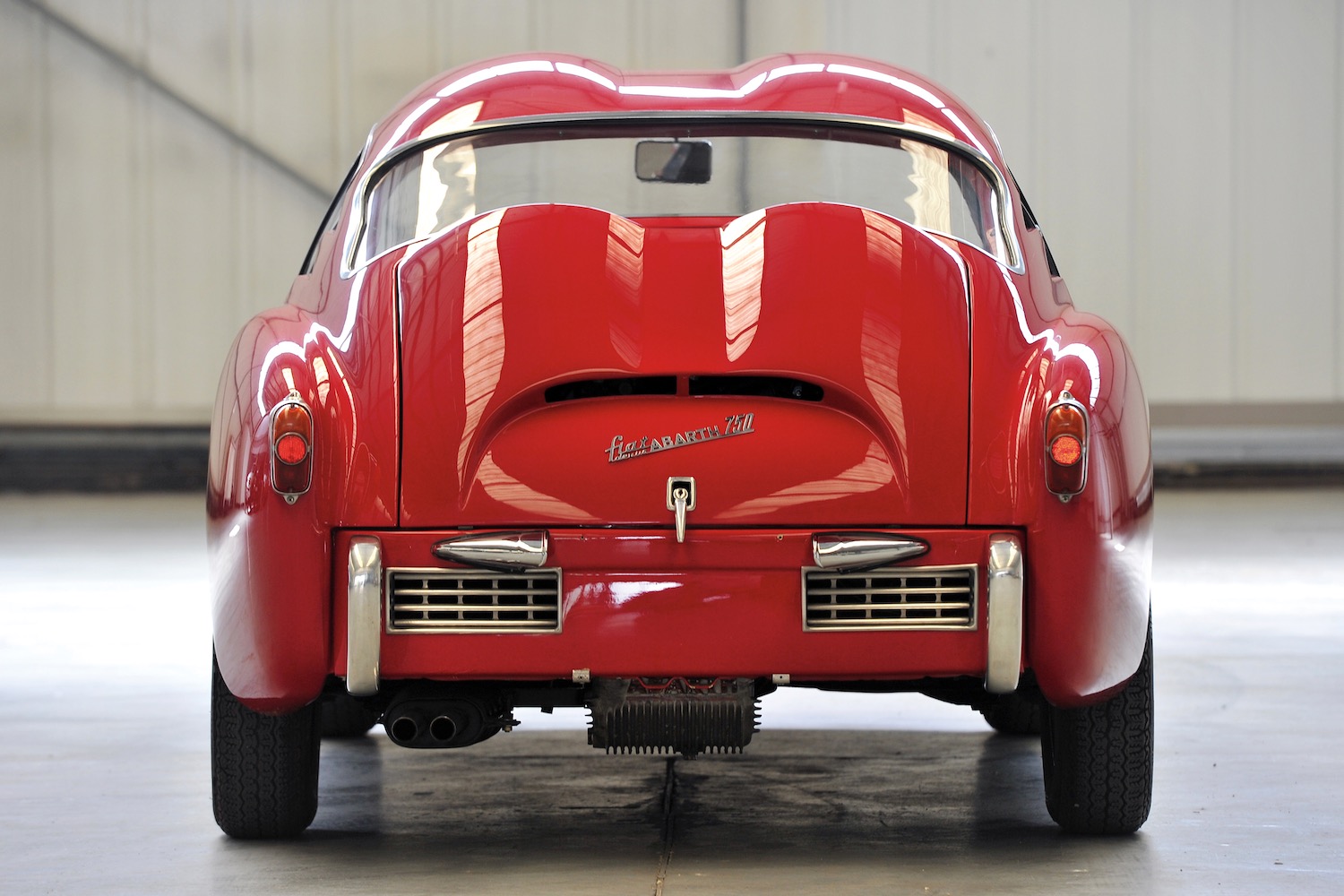
















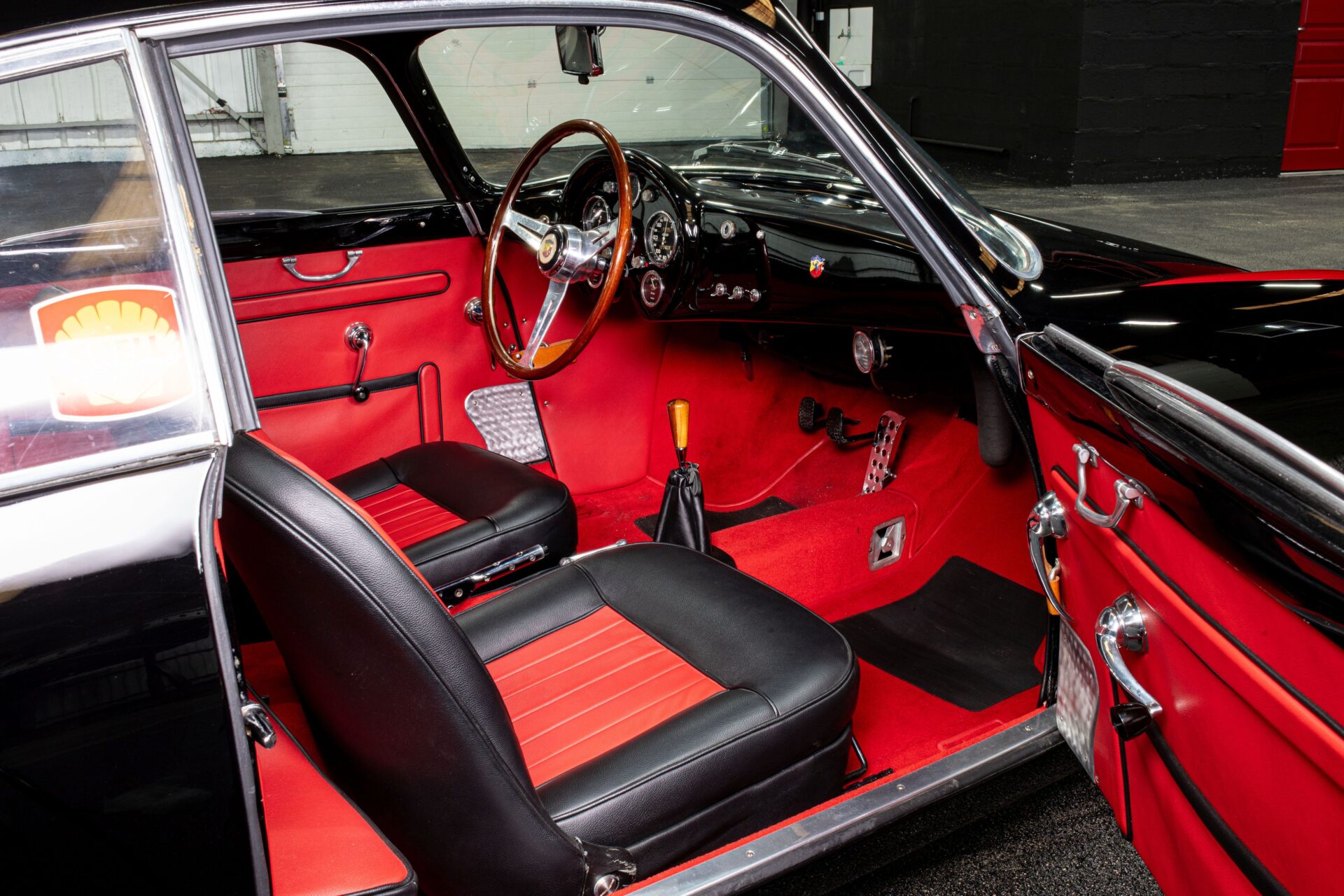
























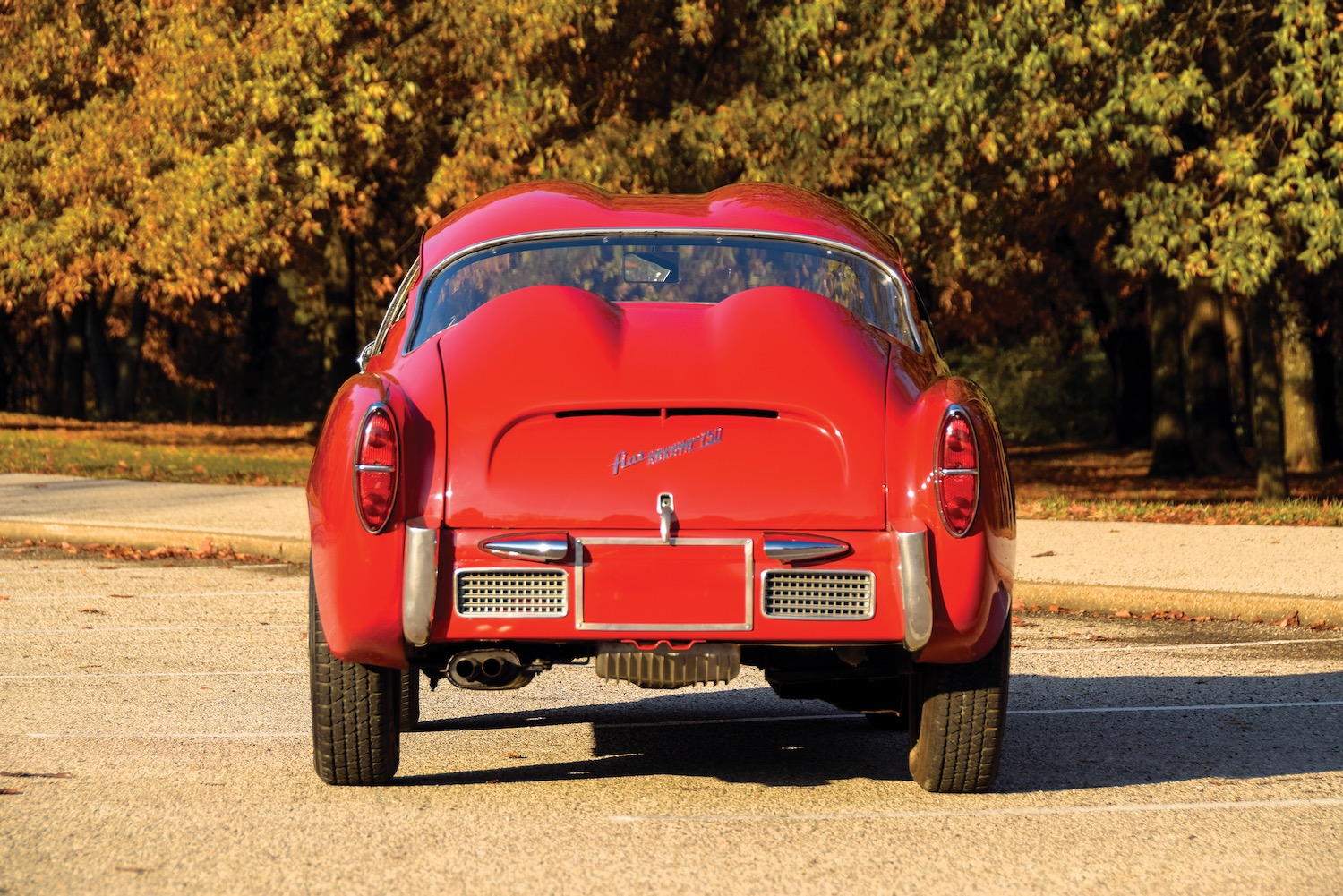



















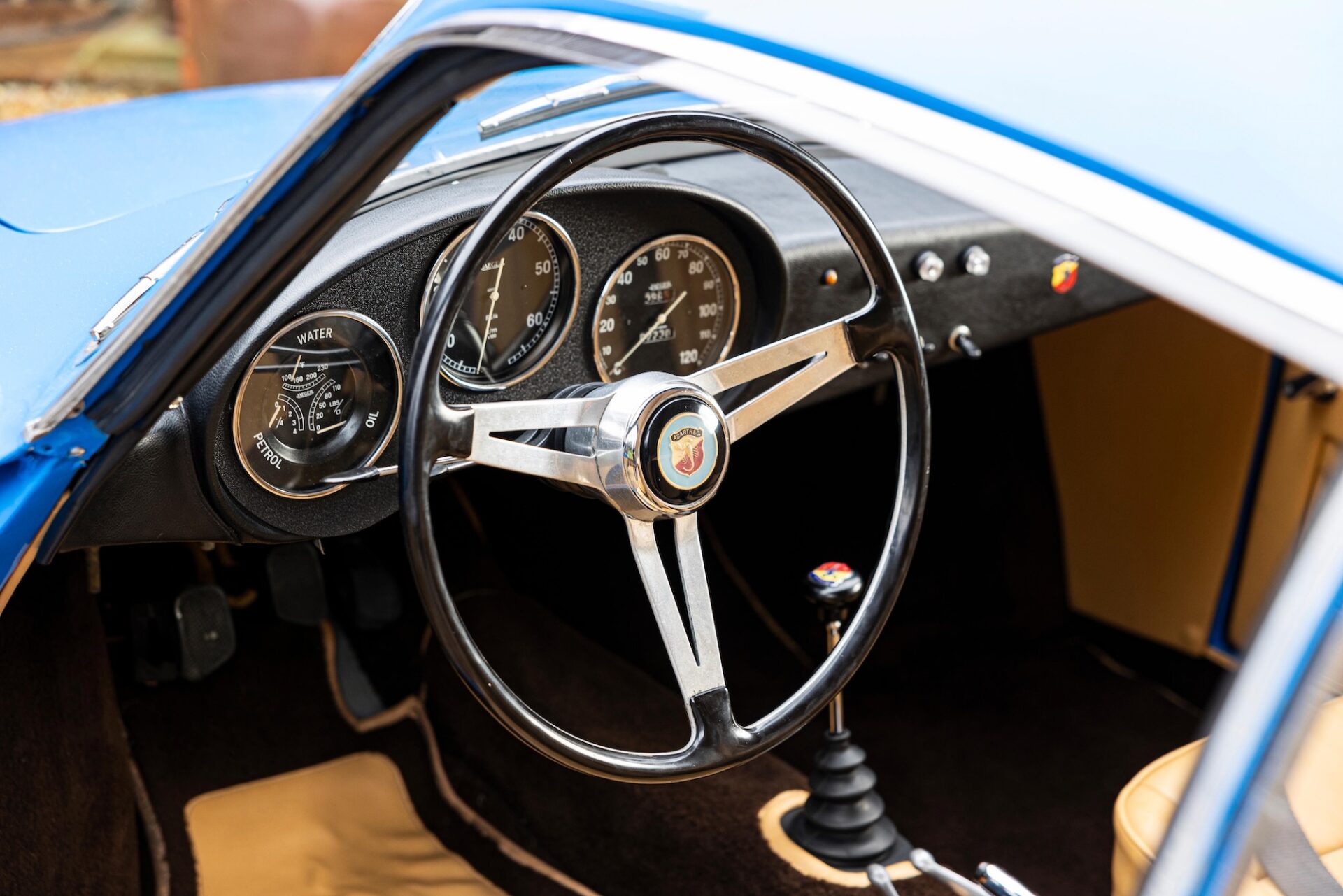




















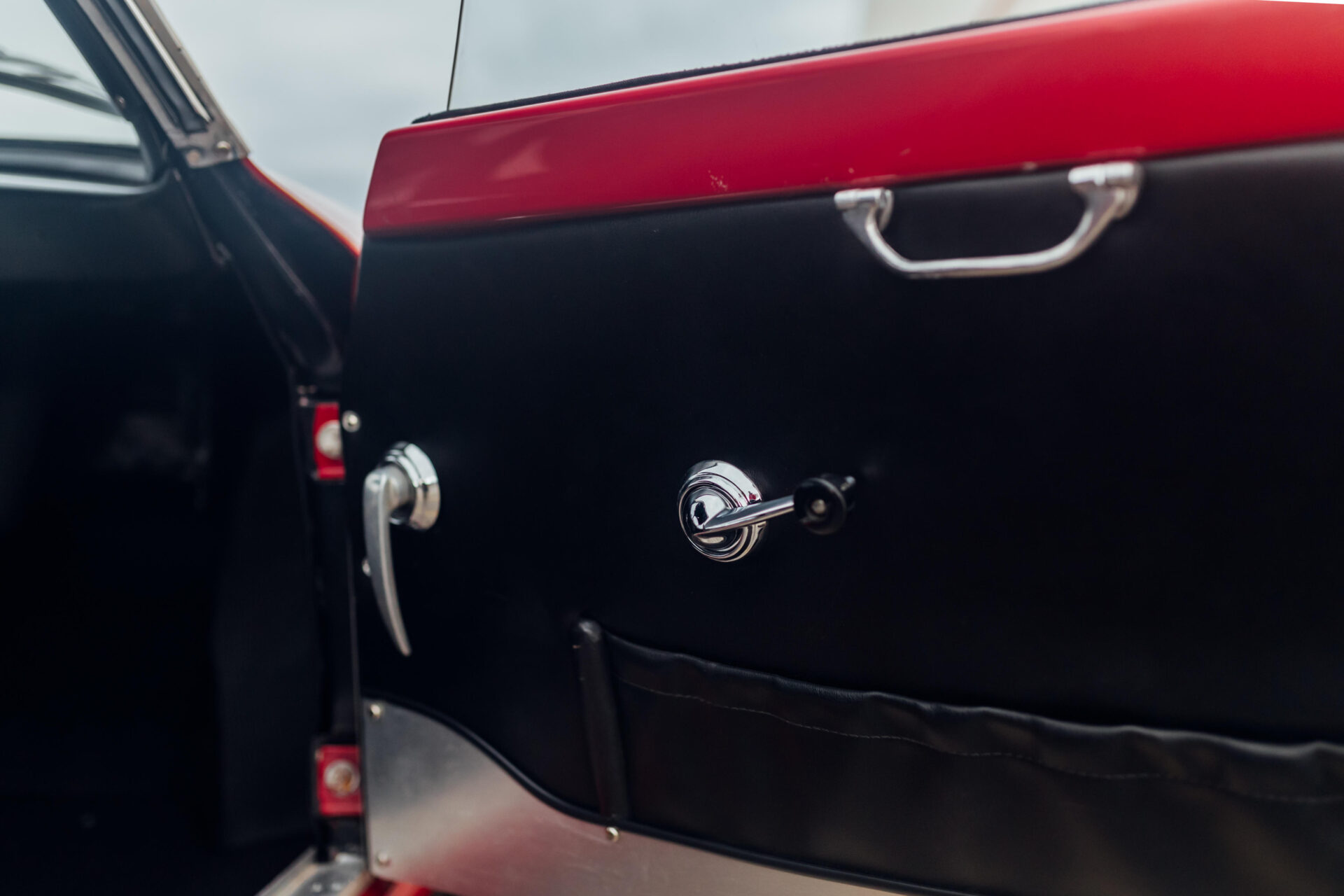
























sehr geehrtes radical-team,
wieder mal, wie schon so oft ein interessanter beitrag und wie so oft in diesen unruhigen zeiten eine willkommene abwechslung.
ich habe eine frage: welchen zweck haben die zwei hebeln hinterm schaltknauf?
vielen dank und viele grüße aus wien
guten Abend Peter
Chassis No. 110 131082 ist sehr fragwürdig (Fiat 600 hat 100 und nicht 110)
ebenso handelt sich hier sicher nicht um Modell 1956 schon wegen diversen Carrosserie Details. Aber es wird hier oft gemogelt, um das Fahrzeug MM-tauglich zu machen (viel wertvoller ? !)
Gruss Edi
Eugen
Die zwei Hebel hinter dem Schaltknauf:
Links: Starter (Kaltstart, Vergaser)
Rechts: Seilzug für Anlasser (kein Magnetschalter)
Gruss Edi Wyss
Sehr geehrter Edi,
vielen Dank für die Info.
und natürlich schöne Feiertage und ein fröhliches Osterfest
viele Grüße
eugen, 1030 wien